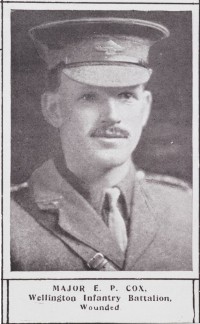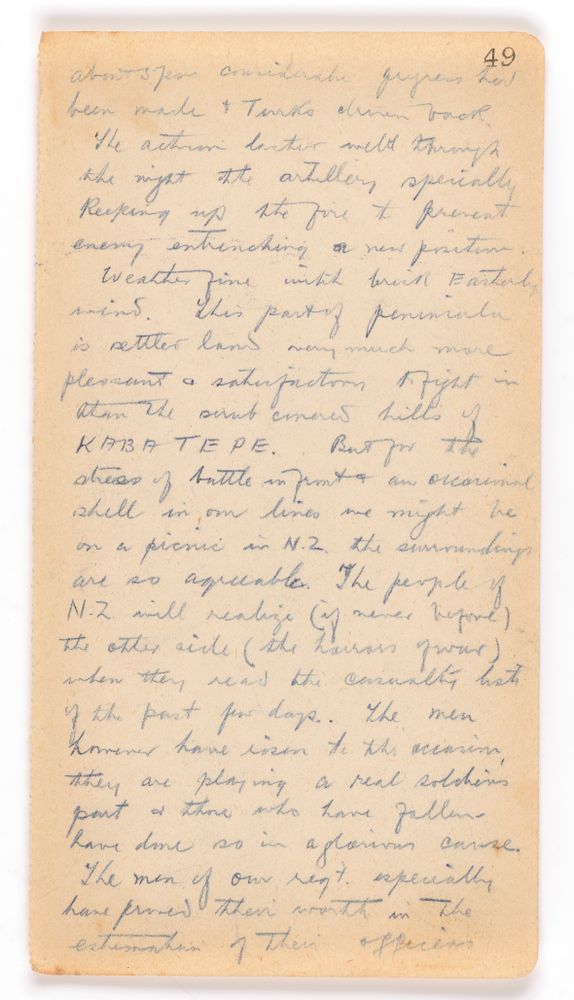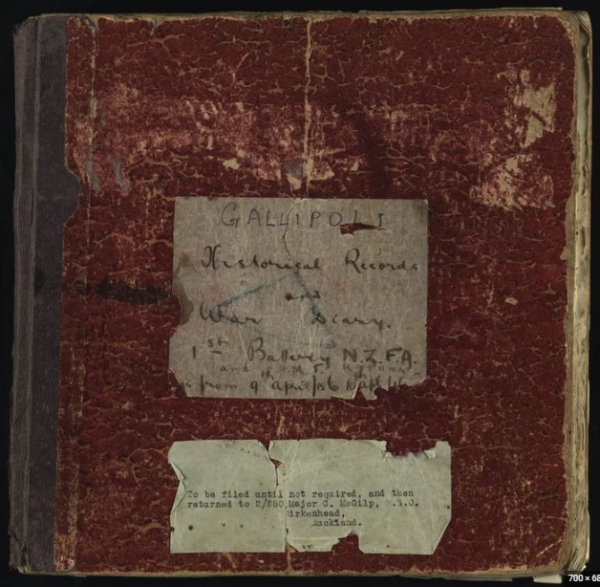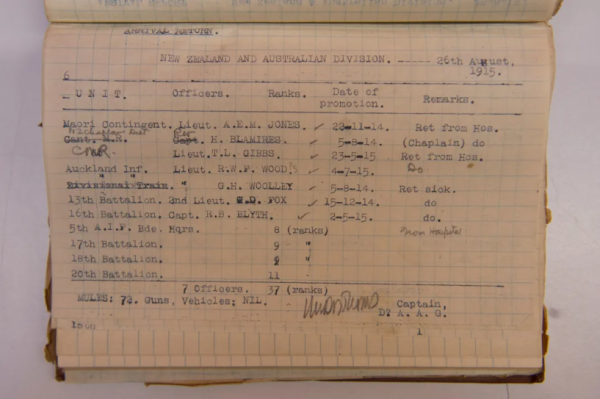
The Silent Service: Record Keeping and Information Management During WWI
When we remember the ANZACs, our minds often turn to the bravery of soldiers on the battlefield – the courage, the sacrifice, the legend. But behind the scenes, another group played a pivotal role in shaping the legacy we now preserve: the record keepers.
Why Record Keeping Mattered
During World War I, particularly in the Gallipoli campaign, accurate record keeping was vital. The logistics of war required a constant flow of reliable information – from supply inventories to casualty lists, troop movements to medical records. In many ways, the war effort relied as heavily on ledgers and logbooks as it did on rifles and ammunition.
Types of Records Maintained
1. Enlistment and Service Records
Over 140,000 individual personnel files were created for New Zealanders who served in World War I. Each file contained detailed information, including enlistment details, unit postings, medical records, disciplinary actions, and casualty reports (Archives NZ).
Detailed lists were compiled for each group of soldiers departing New Zealand, recording names, ranks, and units. These rolls were essential for tracking the deployment of the 16,000 kiwi troops to Gallipoli and ensuring accurate records of service.
2. Casualty and Medical Records
Field ambulances and medical corps staff kept detailed records. Separate registers were maintained for casualties, detailing information about soldiers who were wounded, killed, or went missing. These records were crucial for informing next of kin and for official military records.
3. War Diaries and Unit Logs
Officers and clerks kept unit diaries and operational reports that recorded troop movements, battles, weather conditions, and morale. These diaries provided a comprehensive overview of the unit's activities and were essential for strategic planning and historical records.
4. Supply and Logistics Records
Supply officers tracked rations, ammunition, uniforms, and transport. Accurate records ensured soldiers had what they needed, where and when they needed it.
The Tools of the Trade
- Ledgers and Forms: Most record keeping was done by hand, in large ledgers and on carbon-copy forms.
- Pigeon Post and Telegraph: Communication between the front lines and command centres often relied on pigeons or telegraph lines, requiring messages to be coded and logged.
- Field Post Offices: The mail service was both a morale booster and a logistical triumph, made possible by meticulous documentation. According to New Zealand History, between April and August 1915, 2,340 bags of mail – totalling 60 tonnes, including 6 tonnes of letters – were sent to New Zealand forces in the Middle East.
‘The people of N.Z. will realise (if never before) the other side (the horrors of war) when they read the casualty lists of the past few days. The men however have risen to the occasion they are playing a real soldier's part those who have fallen have done so in a glorious cause.' – Major E P Cox, Wellington Infantry Battalion, 1915

Who Were the Record Keepers?
While many were administrative staff or quartermasters, record keeping was also a shared responsibility. Medical officers, unit commanders, chaplains, and even stretcher bearers contributed to this effort. In many cases, these roles were filled by people with civilian backgrounds in public service, education, or clerical work – skills that became invaluable in the theatre of war.
Legacy and Modern Relevance
The importance of information management during the ANZAC campaigns cannot be overstated. Today, these records are preserved by institutions like Archives New Zealand and National Archives of Australia, and they continue to inform historical research, public commemorations, and family histories.
The digitisation of ANZAC records in recent years underscores their enduring value. What was once scribbled in a trench at Gallipoli can now be searched online by descendants halfway across the world.
Lessons for Today’s Information Professionals
- Accuracy under pressure is critical
- Information can outlast conflict and chaos
- Even mundane records can become historical treasures
As we honour the ANZACs, it’s important to note that history is not only made on the battlefield – it’s also preserved in the careful stroke of a pen, in a ledger sheltered from rain, in the quiet diligence of those who knew that every name, every date, every injury mattered.

Page from Major E P Cox's diary, 6th May 1915

Medical Records Book, Gallipoli

Returning Soldier Records, NZ Defence Force